No, There’s No Nobel in Math

It’s the very first on the Nobel Prize’s list of frequently asked questions: Is there a Nobel Prize in Mathematics? Alas; it turns out that Alfred Nobel didn’t much appreciate the icy abstractions of mathematics. And before you ask, there’s no prize for computer science, either.
Faced with this emphatic snub, what’s the best response for the math/CS community? Should we pout? Throw tantrums? Pen angry, tear-stained letters to the King of Sweden? Gossip that Nobel was just jealous because his fiancée slept with a mathematician (fact-check: probably false)?
Thankfully, there’s a better solution: Give fancy prizes of our own. Today, these five prizes rank among the highest in math and computer science:
Given to a quartet of mathematicians every four years since 1950, math’s most famous prize honors exceptional work done before the age of forty.
If you think that’s a peculiar and arbitrary cutoff, then congratulations! You’re right. The Fields began life as a way to honor early-career research that showed the promise of future breakthroughs; only later did it take on the role of “top prize in mathematics.”
First awarded in 2003, the Abel honors “contributions of extraordinary depth and influence” in mathematics. By eschewing an age requirement, it fills the gap created by the Fields.
That makes “Abel” a peculiar choice of name; after all, Niels Abel made his algebraic breakthroughs in his early twenties. He died at 26. But the prize name goes back to 1899, when Norwegian mathematician Sophus Lie (a legendary figure himself) advocated for such an award. Reviving the idea a century later, Norway saw fit to keep the name.
First awarded in 1966, the prize honors contributions of “lasting and major technical importance to the computer field.”
You might imagine “Turing” was a controversial choice of name at the time; Turing had died a decade earlier after a humiliating prosecution for his homosexuality, which was then considered a crime. But as ACM president Vicki Hanson recounts, records from the time show little controversy. It’s testament to Turing’s extraordinary influence: whatever the anti-gay sentiments of the time, everyone knew his name was a worthy one.
In crude shorthand, it’s a Fields Medal for computer science: awarded by the same body (the International Mathematical Union) on the same timescale (every 4 years) with the same age requirement (a maximum of 40) to a researcher for “outstanding contributions in mathematical aspects of information science.”
However, whereas the Fields goes to 2 to 4 recipients, the Nevanlinna goes to just one.
A bit like a Nevanlinna prize, except yearly, this award honors “an early to mid-career fundamental innovative contribution in computing that, through its depth, impact and broad implications, exemplifies the greatest achievements in the discipline.”
In all, you can see that in math and computer science, no single award does the work of the Nobel. To earn an honored spot at the Heidelberg Laureate Forum, any of these prizes will do.
And, if you ask me, that’s for the best.
Prizes are an awkward fit for the world of research. Scientific work is incremental, collaborative, and perpetual. There’s no playoff season, no championship game, nobody voted off the island, no obvious “winner.” Rather, good research makes winners of us all, by nudging forward the human understanding of reality.
By definition, great discoveries lack precedent. As such, they will never quite fit the boxes we build for them. No two breakthroughs are alike, no two researchers interchangeable, and to assert their equivalence does reductive violence to both.
But just because prizes are arbitrary doesn’t mean that they’re worthless. They shine like spotlights on work of exceptional value, punctuating the grind of research with moments of warmth and ceremony. The multiplicity of math and computer science awards serves (if only accidentally) to honor the sprawling truth of human inquiry.
Case in point: In 1994, when Andrew Wiles capped a centuries-long search for the solution to Fermat’s Last Theorem, he was 41. Too old for the Fields, too young for the not-yet-existent Abel. Would the official organizations let the century’s most dramatic mathematical discovery go unrecognized? What could the IMU do?
Simple: they gave Wiles an ad hoc prize, a silver plaque. It stands alone in the annals of achievement.
The same goes for all research, not just prize-worthy breakthroughs. Every act of discovery, no matter how humble, leaves its signature in the document of human thought.


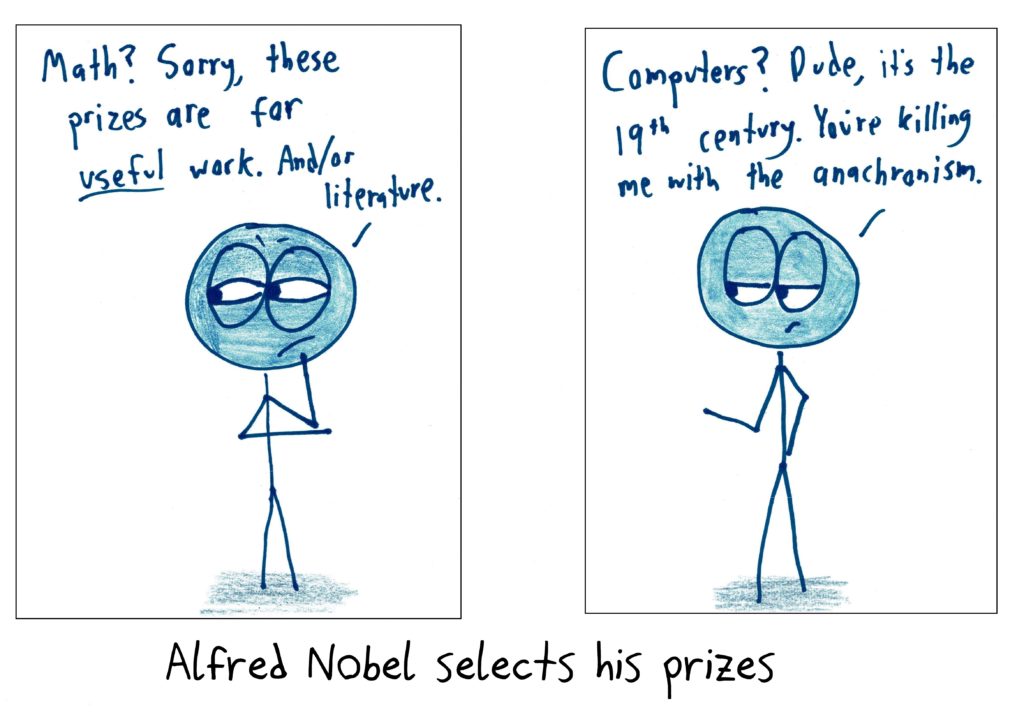
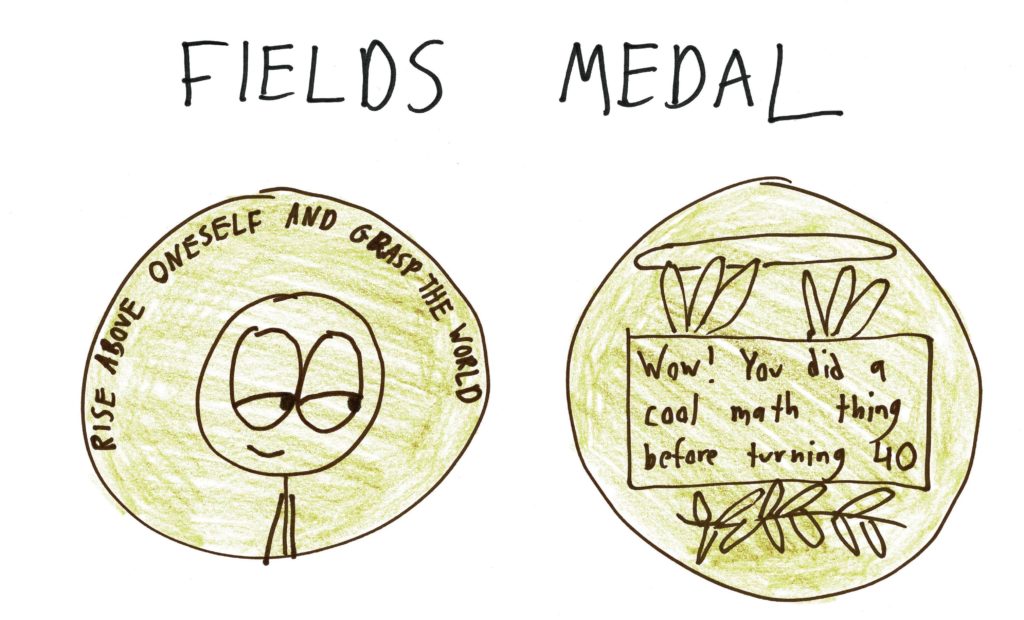
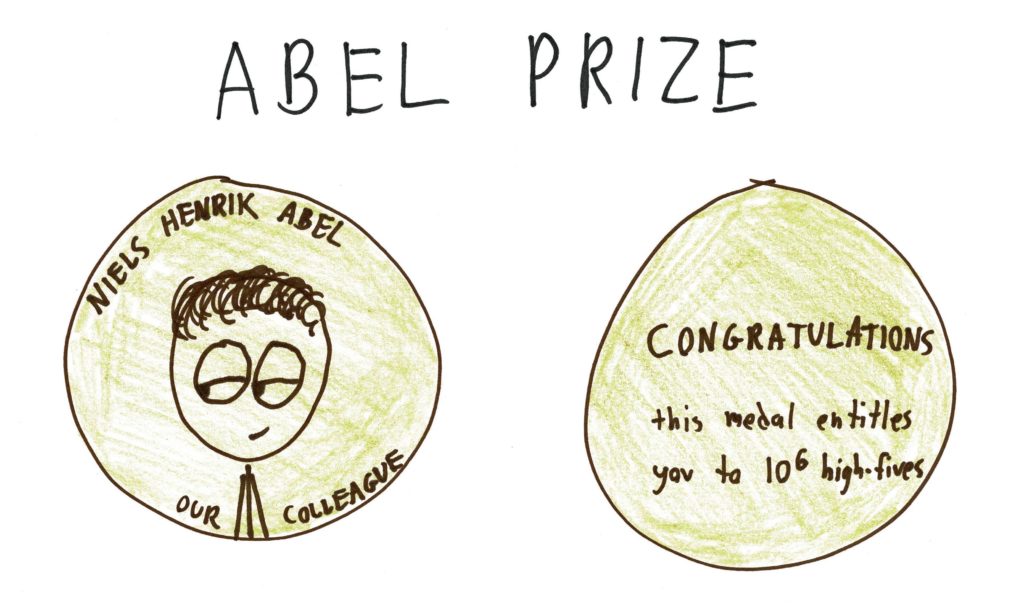
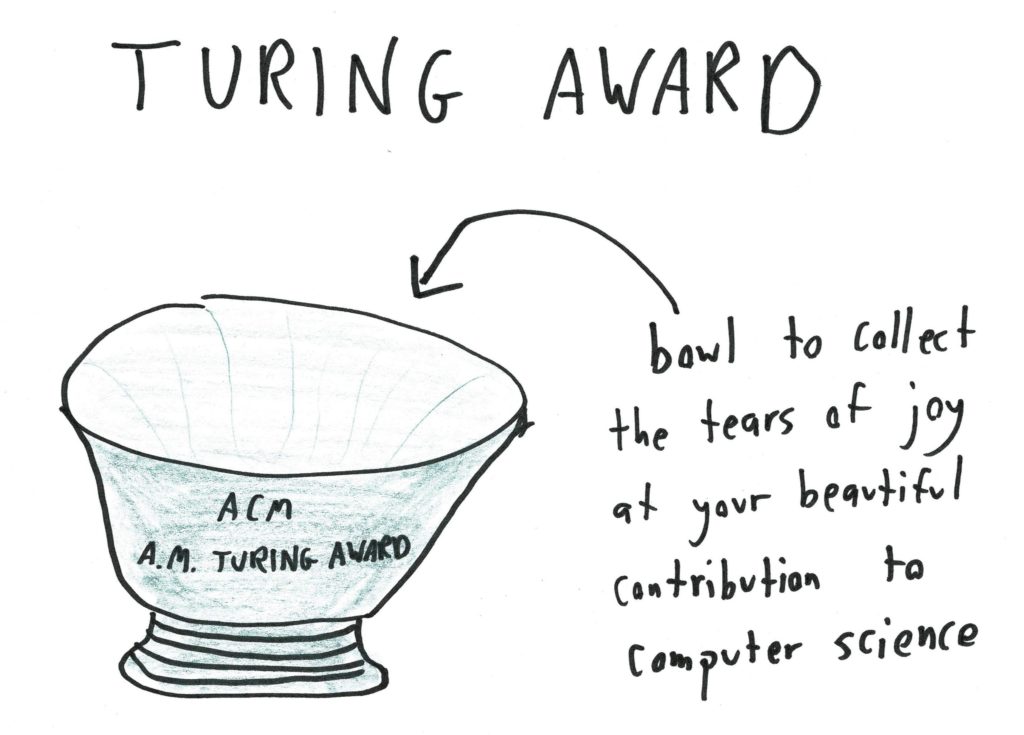
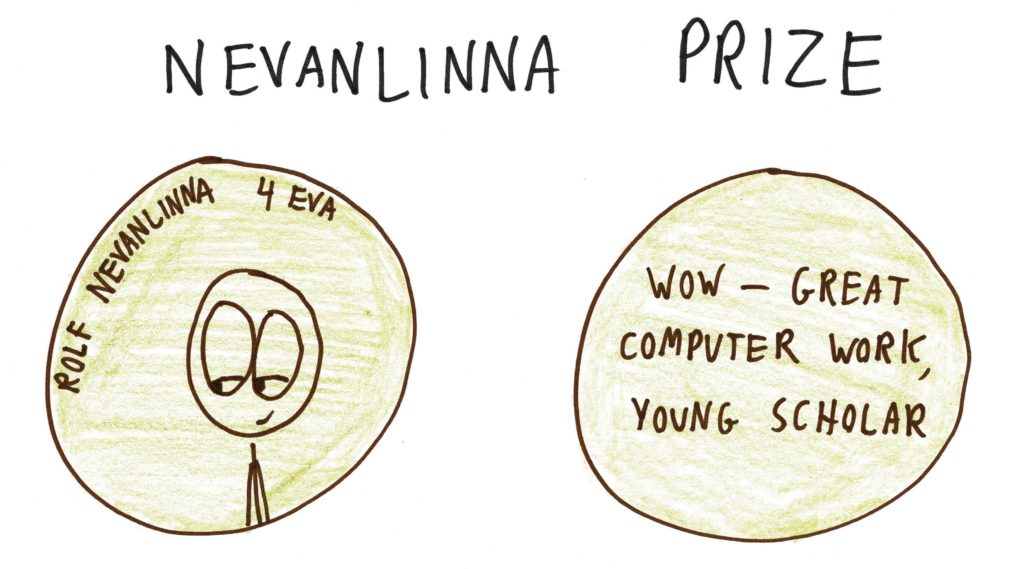
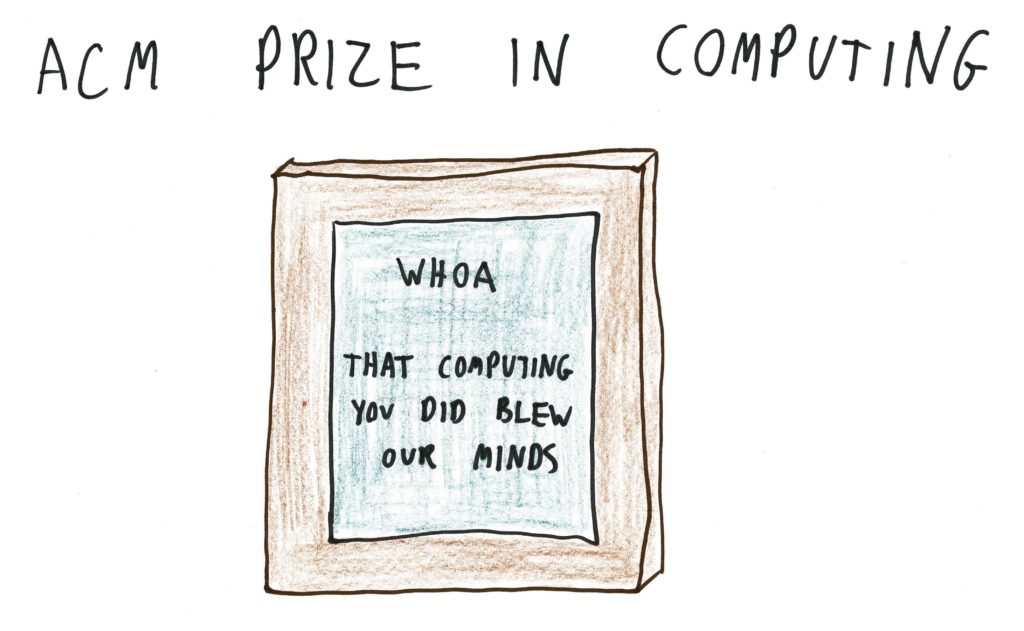
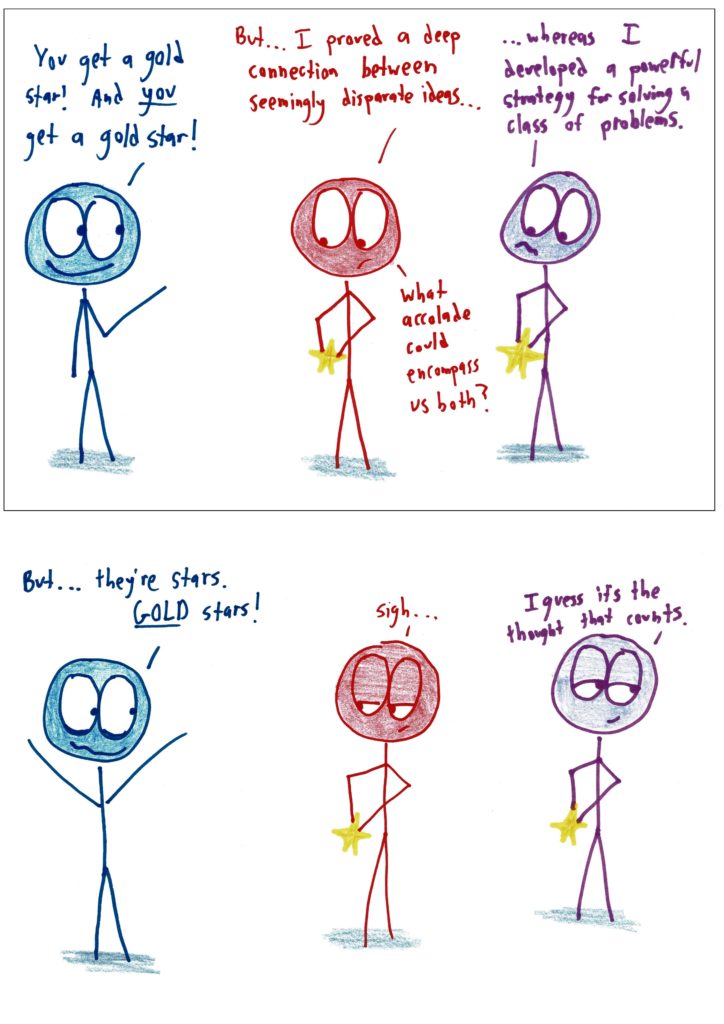
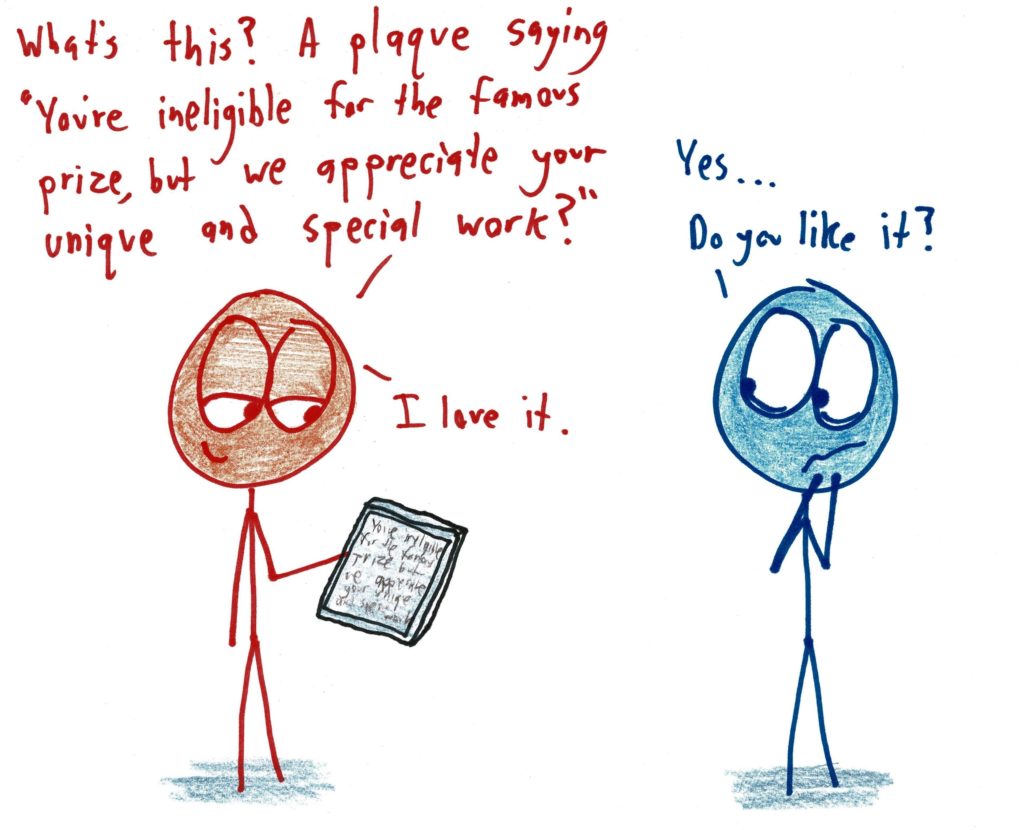
The Fields, Abel and Nevanlinna – Price are prices for mathematicians given by mathematicians. In other words: Mathematicians reward other mathematicians and thus remain among themselves.
Yes, There’s No Nobel in Math, there’s no price from society for mathematicians, only a price from mathematicians to mathematicians.
Ben Orlin wrote (26. September 2017):
> No, There’s No Nobel [Prize] in Math […]
> And […] there’s no [Nobel] prize for computer science, either.
> Faced with this emphatic snub, what’s the best response for the math/CS community? Should we pout? Throw tantrums? Pen angry, tear-stained letters to the King of Sweden? […]
Persuade some committee to award an essentially mathematical achievement with The Sveriges Riksbank Prize in Economic Sciences in Memory of Alfred Nobel ?? …
> Thankfully, there’s a better solution […]
> But just because prizes are arbitrary doesn’t mean that they’re worthless. They shine like spotlights on work of exceptional value, punctuating the grind of research with moments of warmth and ceremony.
And (with) dough. …